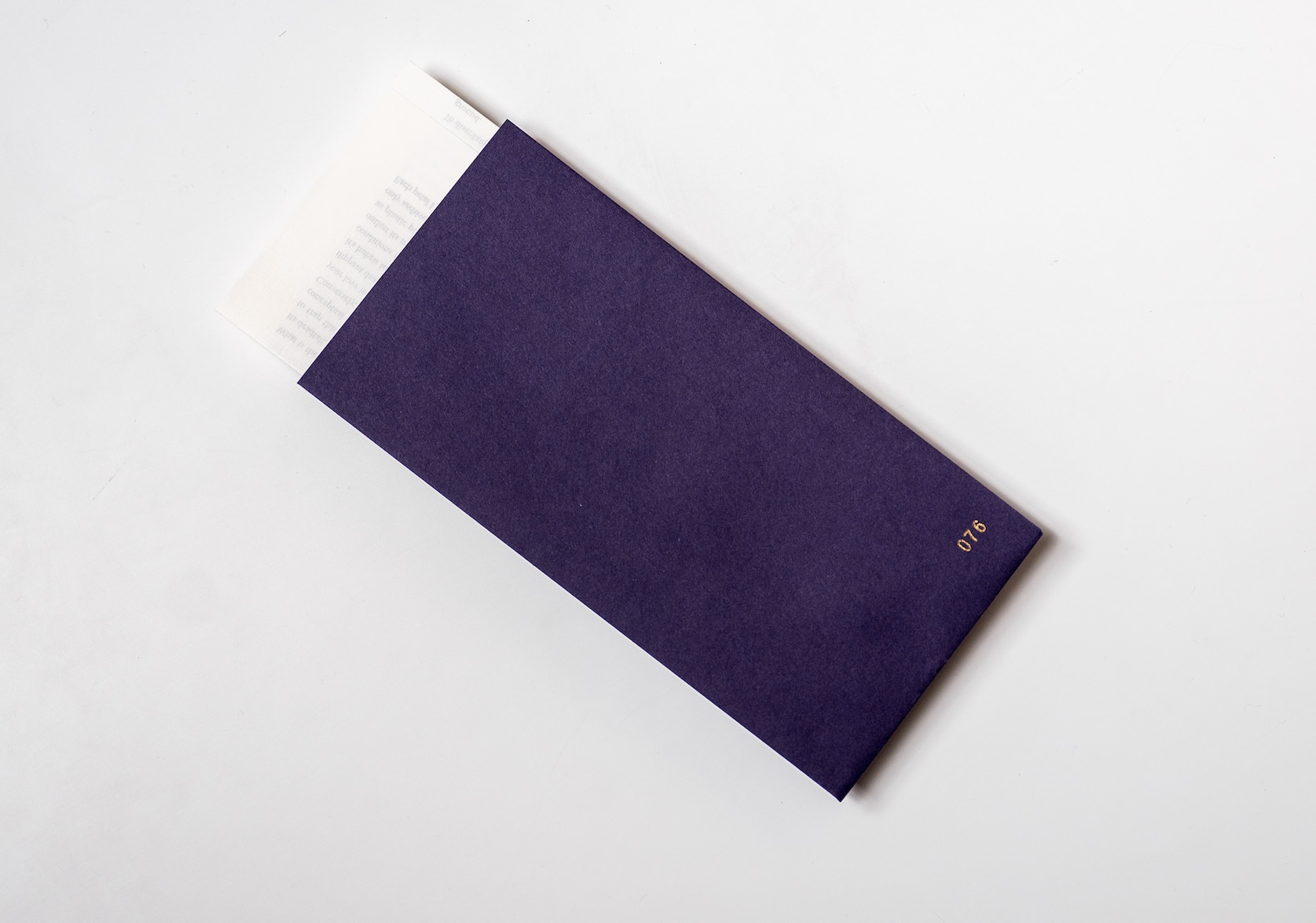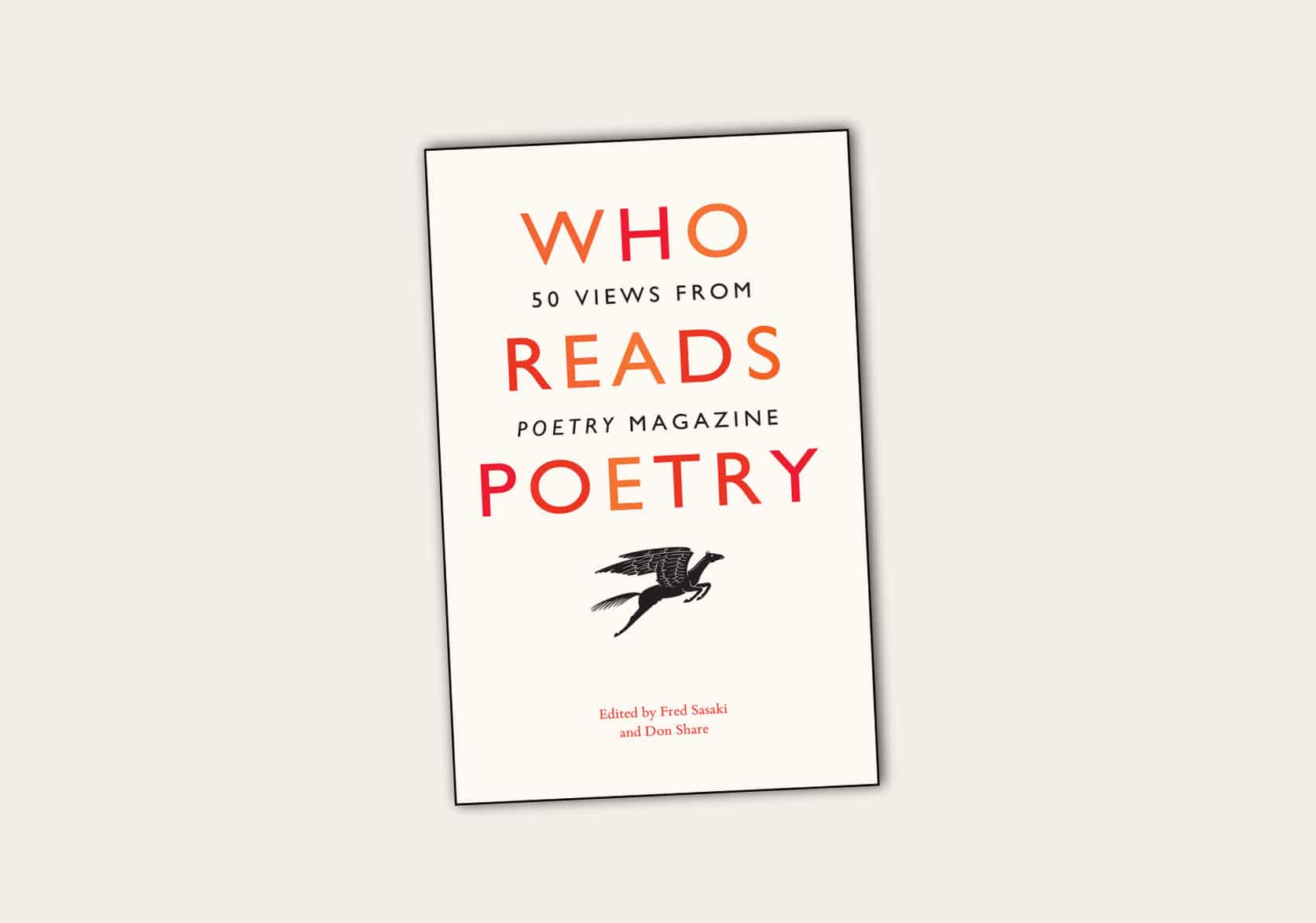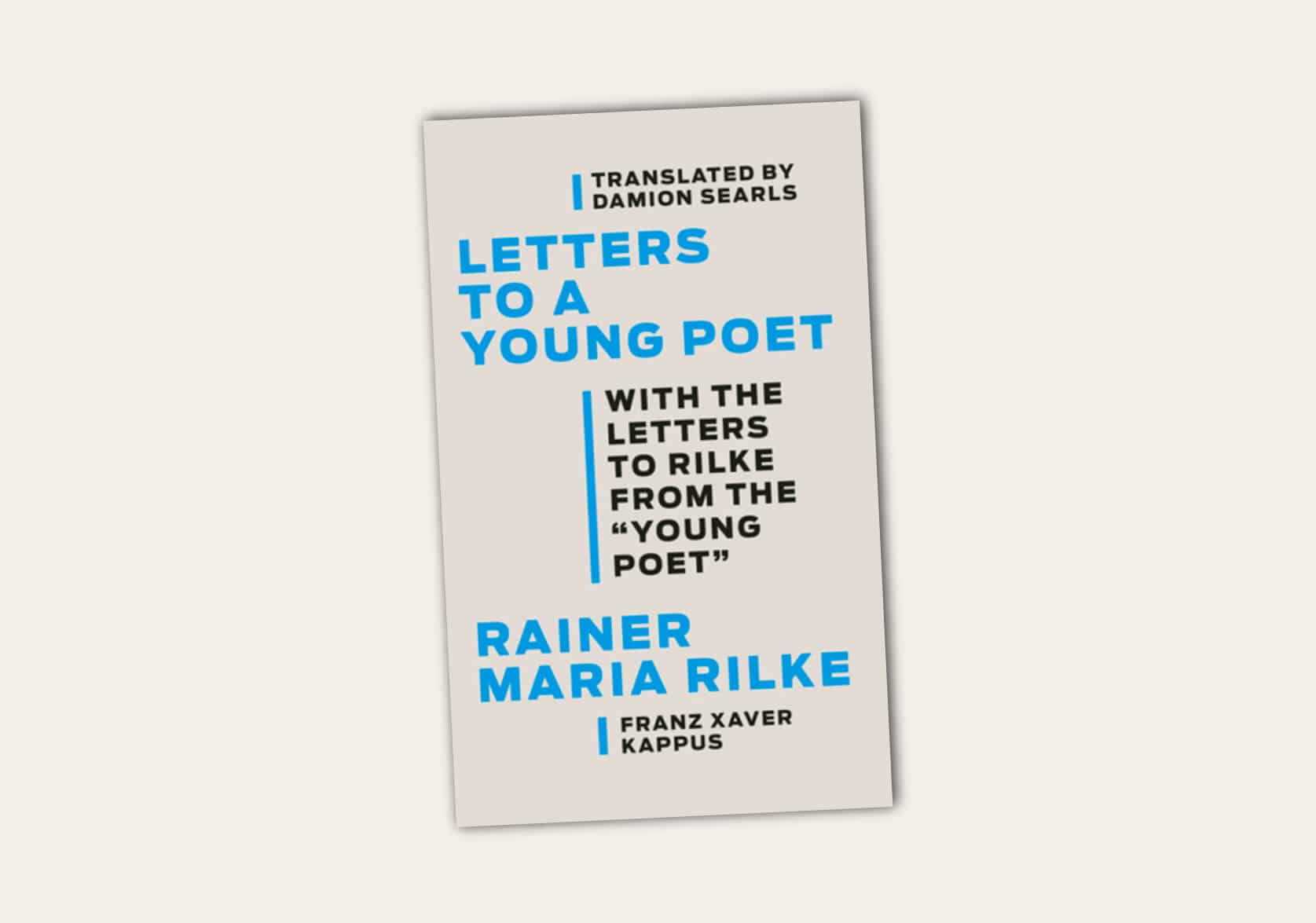How a Poem Moves by Adam Sol
C$19.95
A Field Guide for Readers of Poetry
Paperback, 216 pages, ISBN: 9781770414563
Published by ECW Press, 2019
Buy this book from independent bookstores or those who support them:
Canada only (select your indie bookshop):
US only (Bookshop.org):
(Young W may make a small commission if you buy this book via the links on this page. Please note that prices may vary from the one listed here.)
From the publisher:
A collection of playfully elucidating essays to help reluctant poetry readers become well-versed in verse.
Developed from Adam Sol’s popular blog, How a Poem Moves is a collection of 35 short essays that walks readers through an array of contemporary poems. Sol is a dynamic teacher, and in these essays, he has captured the humor and engaging intelligence for which he is known in the classroom. With a breezy style, Sol delivers essays that are perfect for a quick read or to be grouped together as a curriculum.
Though How a Poem Moves is not a textbook, it demonstrates poetry’s range and pleasures through encounters with individual poems that span traditions, techniques, and ambitions. This illuminating book is for readers who are afraid they “don’t get” poetry but who believe that, with a welcoming guide, they might conquer their fear and cultivate a new appreciation.
Praise for How a Poem Moves:
“This unassuming book provides a great public service — it removes the shroud of mystery that hovers between too many readers and the world of poetry . . . Sol deserves to be read widely and freely; his humble witness to the simple art of reading may be this book’s most important gift. Libraries should have multiple copies.” — Library Journal Starred Review
“Going beyond the question of what poems mean, Sol investigates how they work — how they elicit emotion, provide or withhold information, and construct memorable images. His selections, largely derived from his time as a juror for the 2015 Griffin Poetry Prize, tend toward the relatively lesser-known, making this survey equally worthwhile for beginners who can learn from Sol’s instruction and for more seasoned readers who will delight in the new discoveries contained within.” — Publishers Weekly
“One wants to reread the poems, linger over Sol’s arguments . . . How a Poem Moves certainly revealed exciting new work to this reader of contemporary poetry, and it evinces the dizzying numbers and varieties of poems produced in North America today. We need more of this kind of thing, and Sol’s project might move more of us to make public our readings as much as poets make public their poems.” — Quill & Quire
“Sol is particularly sensitive to the value of the as-yet-undefined, since giving voice to the contradictory is poetry’s principal strength . . . But his greatest skill is in underlining the potency of aural effects: He is always on the lookout for alliteration, assonance and consonance, for hidden rhymes and barely-there metres . . . This is truly a welcoming book — at once an educational snapshot of the contemporary literary scene and a useful example of how to teach for educators themselves.” — Globe and Mail
“It provides a gateway for some of us to discover a new pleasure, and others of us to take a closer look at the poetry we love.” — Toronto Star
“How a Poem Moves is the perfect antidote to the condition commonly known as Fear of Poetry. And Adam Sol is the perfect companion on this tour of the sounds, sights, and emotional delights of poetry. As someone who’s spent most of her life reading and writing poems, I’m thrilled by Sol’s ability to describe what he loves in a way that teaches me to see it too.” —Tracy K. Smith, U.S. Poet Laureate and Pulitzer Prize-winning author of Life on Mars
“Adam Sol approaches poetry with a unique sensitivity; one that illustrates, with exceptional clarity and insight, just how a poem moves.” — Scott Griffin, founder of the Griffin Poetry Prize
“With an eye to poets of diverse backgrounds and aesthetic modes, and featuring impromptu asides on rhythm and meter, How a Poem Moves is just as at home in the university classroom as the doctor’s waiting room. Sol is a thoughtful and affable guide to ignite — or reignite — a love of poetry.” — Cassidy McFadzean, award-winning author of Hacker Packer
“There is in our wounded world a great need for the balm and challenge poetry can provide. These beautiful, rich, and often surprising meditations get the reader excited about the gift that poems contain… This is a book I will pass out like religious tracts to my friends. I am grateful for it.” — Shelagh Rogers, host and producer at The Next Chapter, CBC Radio One
Developed from Adam Sol’s popular blog, How a Poem Moves walks readers through an array of contemporary poems. Always compassionate and engaging, Sol delivers a collection of thirty-five short essays that are perfect for a quick read or grouped together as a curriculum, demonstrating poetry’s range and pleasures through encounters with individual poems that span traditions, techniques, and ambitions. This illuminating book is for readers who are afraid they “don’t get” poetry but who believe that, with a welcoming guide, they might conquer their fear and cultivate an appreciation for the form.
About the author:
Adam Sol
is an award-winning poet, writer, and teacher. He has published four collections of poetry, including Crowd of Sounds, which won Ontario’s Trillium Book Award. He lives in Toronto, Ontario, with his wife, Rabbi Yael Splansky, and their three sons.
Table of Contents
Introduction
How a Poem Puts Skin on a Mystery: Philip Levine, “Making Light of It”
How a Poem Shapes Memory: Deborah Digges, “Stealing Lilacs from the Cemetery”
How a Poem Articulates a Feeling: C.K. Williams, “Love: Beginnings”
How a Poem Crystalizes an Image: Yusef Komunyakaa, “Yellowjackets”
How a Poem Makes Meaning with Music: Elise Partridge, “Domestic Interior: Child Watching Mother”
How a Poem Snapshots a Moment of Drama: Tiphanie Yanique, “My brother comes to me”
How a Poem Seduces Us with Outlandishness: Diane Seuss, “Free beer”
How a Poem Cooks Up Dark Insight: Philip Metres, “Recipe from the Abbasid”
How a Poem Pushes Us Away and Beckons Us Closer: Marilyn Dumont, “How to Make Pemmican”
How a Poem Wrestles with its Inheritance: Rahat Kurd, “Ghazal: In the Persian”
How a Poem Lives Between Languages: Natalia Toledo, trans. Clare Sullivan, “Flower that Drops Its Petals”
How a Poem Invites Us to Praise: Ross Gay, “Ode to Drinking Water from My Hands”
How a Poem Answers Some Questions But Not Others: Amber McMillan, “The Light I’ve Seen in Your Hair I Have Found in My Own Hands”
How a Poem Clarifies Its Blur: Jeff Latosik, “Aubade Photoshop”
How a Poem Changes As We Read: Ali Blythe, “Shattered”
How a Poem Will (Not) Save Us: Raoul Fernandes, “Life With Tigers”
How a Poem Loves a Misunderstanding: Richard Siken, “Dots Everywhere”
How a Poem Mistrusts Its Idols: Cassidy McFadzean, “You’ll Be the Skipper, I’ll Be the Sea”
How a Poem Doesn’t Dish: Damian Rogers, “Ode to a Rolling Blackout”
How a Poem Impersonates a Tomato: Oliver Bendorf, “Queer Facts About Vegetables”
How a Poem Seeks New Models: Shannon Maguire, from Myrmurs
How a Poem Makes Itself Out of Unusual Materials: Madhur Anand, “Especially in a Time”
How a Poem Chooses the Apocalypse Behind Curtain #3: Jennifer L. Knox, “The New Let’s Make a Deal”
How a Poem Assembles a Smashed Record for Posterity: George Murray, from “#DaydreamBereaver”
How a Poem Tries to Connect Us, Despite the Obstacles: Donna Stonecipher, “Model City [4]”
How a Poem Welcomes Us to the Neighborhood: Bren Simmers, “[night of nesting dolls]”
How a Poem Evokes Wonder: Sarah Holland-Batt, “Botany”
How a Poem Reaches for Transcendence: Eric Pankey, “Ash”
How a Poem Mourns: Don Paterson, “Mercies”
How a Poem Confronts the Limitations of Our Empathy: Soraya Peerbaye, “Trials”
How a Poem Tries to Get Into It: Rowan Ricardo Phillips, “Little Song”
How a Poem Chattily Wonders About Life’s Purpose: Ulrikka S. Gernes, “On H. C. Andersen Boulevard During Rush Hour”
How a Poem Transforms a Stroll into a Ceremony: Joy Harjo, “Walk”
How a Poem Imperfectly Reconciles Complexity: Liz Howard, “A Wake”
How a Poem Haunts: Norman Dubie, “Lines for Little Mila”
Conclusion
Acknowledgements
(Credits: Book cover image and publisher’s description have been retrieved from BiblioShare.)
Buy this book from independent bookstores or those who support them:
- Canada only (select your indie bookshop):







